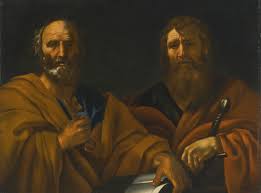
What Ever Happened to Peter and Paul Revealed
The Apostles of Jesus were very humble men and did not see their lives as being important enough to be mentioned in the New Testament. For example, by the end of the first century, it was common knowledge by the early church fathers which of the four Apostles wrote each of the four Gospels. But this was an oral tradition as none of the Gospels had the writers name attached to them. The current order or the listings of the Gospels was based on tradition concerning when the various Gospels were remembered as being first published. The Book of Matthew was said to be first and the Book of Mark the second. For many years modern scholars believed that this order was wrong in that Mark was the first Gospel to be published. Today, scholars are not sure if Mark was in fact the first Gospel published. Matthew and John were two of the twelve original disciples of Jesus. Mark and Luke were devoted followers but not original disciples. Scholars believe that Mark was John Mark who combined both his recollections of Jesus and those of the Apostle Peter in his Book. While Luke, a physician, would later become a companion of Paul’s and write the Book of Luke and the Book of Acts. All the Apostles except for John were martyred. The countries they were martyred in and how they were executed was also only passed down through oral tradition. Again, this was because the Apostles did not consider their lives or deaths important. The only person of importance was Jesus the Christ.
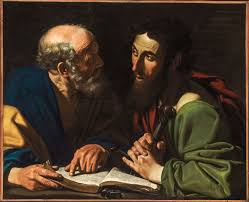
We have somewhat reliable details concerning the final days in the deaths of Peter and Paul. Peter makes a vague declaration of his being in Rome when he wrote, “The church that is at Babylon, elected together with you, salutes you; and so does Marcus my son.” (I Peter 5:13) However, Peter did preach in the city of Babylon, so perhaps he is not citing Rome as a type of modern day Babylon. But, neither Paul in his letters from Rome or Luke mention Peter as being in Rome. Then again, Ignatius of Antioch (35 A.D.-107 A.D.) refers to Peter and Paul giving admonitions to the Romans, thus indicating that Peter was with Paul in Rome. Irenaeus and Clement (13A.D.-215A.D.) state that Peter and Paul founded the church in Rome and Peter preached the Word or Gospel in public. So, it may have been that the two men were in Rome, but not at the same time. Then, when Roman authorities decided that they needed to be silenced, they were both brought to Rome to be tried and executed.
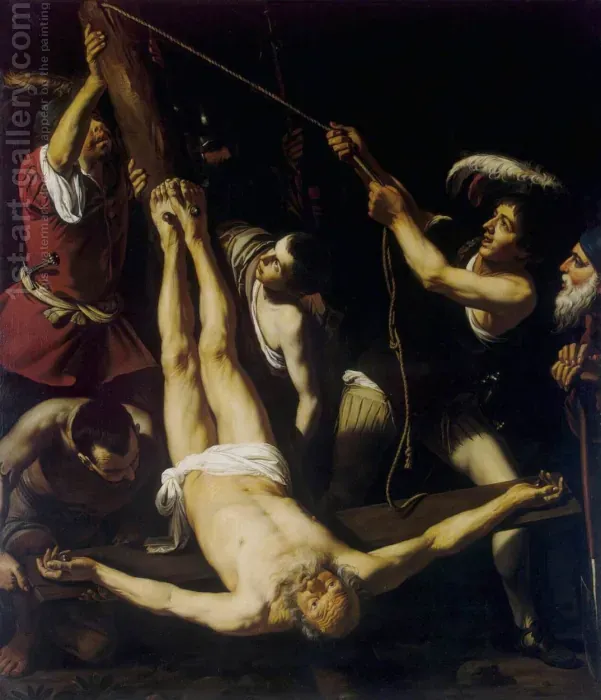
Tradition states that Peter and Paul were executed three months after the Great Fire of Rome and on the 10th year anniversary of Nero’s ascension to the throne. Peter was, “… crucified upside (down) as he himself desired to suffer.” (Of Caesarea, Eusebius, Church History, Book III, chapter 1) Tradition states that Peter was executed in the gardens of Nero and was buried by his followers in a tomb site located at the west end of a complex of mausoleums. Early church Fathers Caius (b. early 200’s A.D.) and Jerome (347 A.D.- 420 A.D.) confirm this tradition.
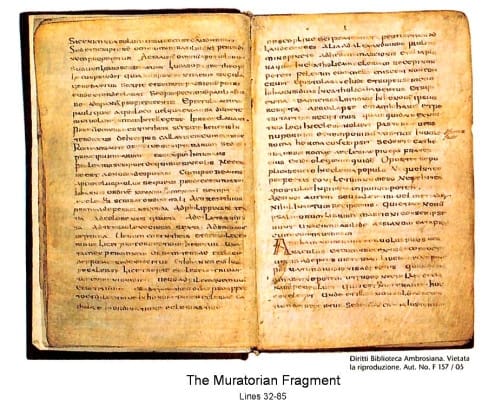
The Muratorian Fragment (170 A.D.) notes that Luke, the primary eyewitness to the events cited in the Book of Acts, was not present at Peter’s execution (ante-Nicene Fathers Vol. V, Fragments of Caius).
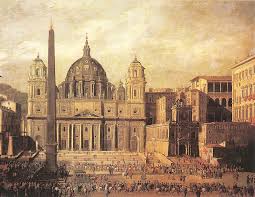
In 326 A.D. Emperor Constantine the Great decided to honor both Peter and Paul with the construction of two Basilicas. At this time, Peter’s original tomb was located in a series of catacombs under a mount known as Vatican Hill. This hill is across the Tiber River from the traditional seven hills of Rome. This is how Vatican City got its name. Because the burial site had become so revered by the early Christian church, the decision was made not to remove Peter’s remains from the tomb to the center city of Rome. Instead, the entire hill would have to be excavated at much trouble and expense in order to create a level plot of land on which to build a church to encapsulate his remains. So, the hill was literally leveled around Peter’s sarcophagus. In this way, the tomb was not disturbed yet could be located directly under the church’s High Alter. It would take thirty years to complete the construction of what is today referred to as the Old Saint Peter’s Basilica.
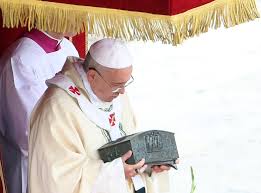
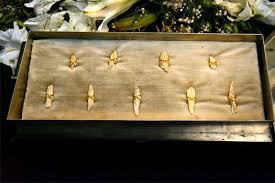
In 1950, excavations were authorized by the Vatican to see if the remains of Peter were entombed under the church. It was discovered that human bones were in fact found in a lead container buried deep under the High Alter of Saint Peter’s Basilica. In 1960, the bones were forensically examined and discovered to be those of a sixty one year old male from the first century. On November 24, 2013, Pope Francis publicly displayed some of the bones for the first time during a Mass celebrated in Saint Peter’s Square. On July 2, 2019, Pope Francis gave nine of the bone fragments to the Eastern Orthodox Ecumenical Christian Church Patriarch, Bartholomew of Constantinople. It was intended to be a sign of ongoing work towards communion between the Orthodox and Catholic Churches.
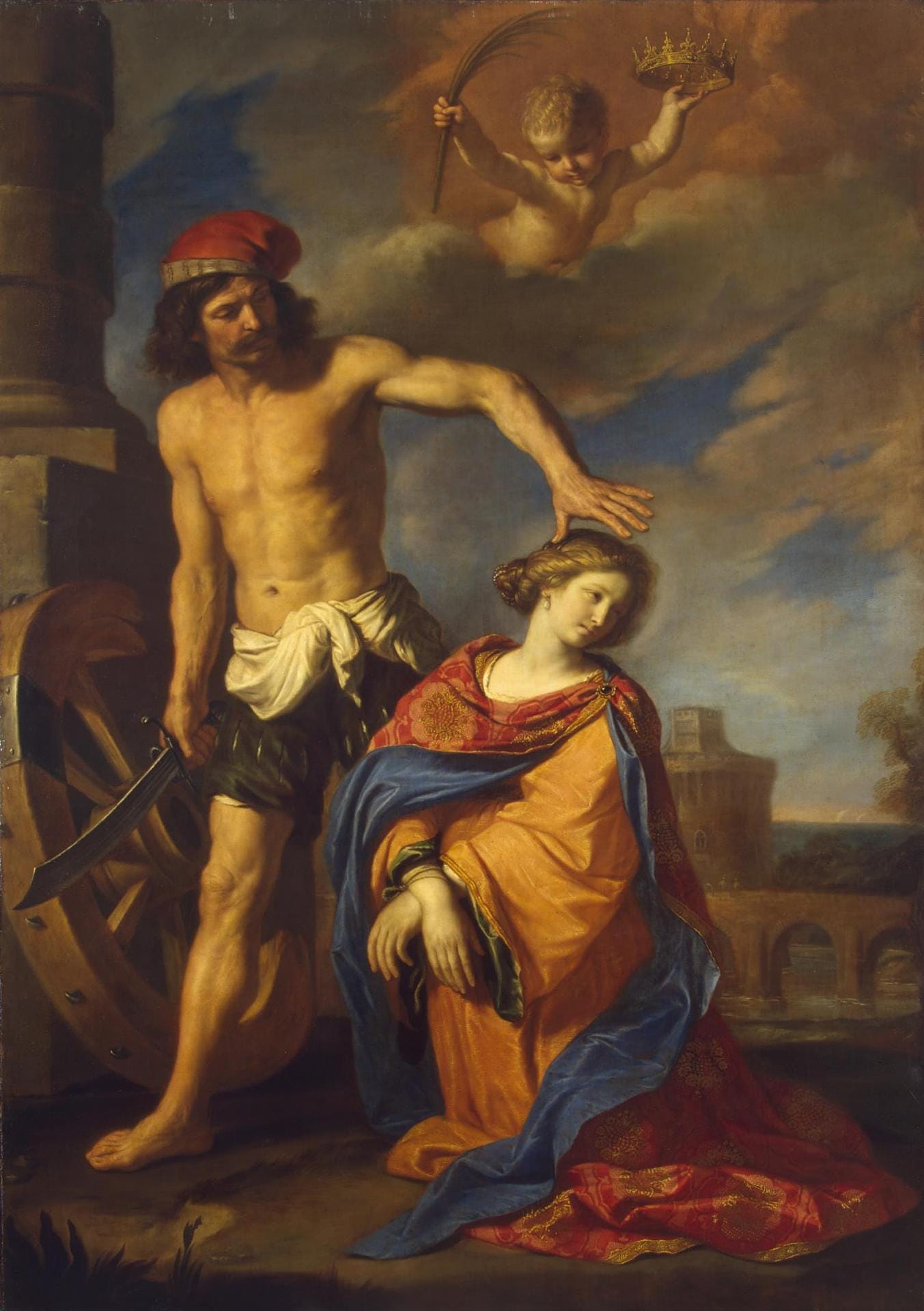
There is no mention of what happened to the body of Peter’s wife who was executed just minutes before Peter. One can only suppose that close friends like Luke, would have also located her body and given her a proper burial as was done for Peter. However, the two were not executed by the same squad and are not recorded as being buried together.
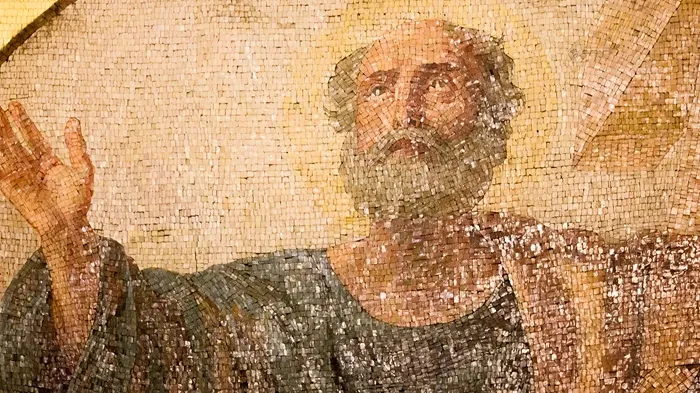
Paul, a Roman citizen, was originally sent to Rome as a way to protect him from known assassination plots fomented by the religious leaders in Jerusalem. After two years under house arrest, he was released with the understanding he would cease spreading the false narrative that a Jewish rabbi was the only Son of the only God. However, Paul continued to evangelize the country side by preaching, teaching and founding churches in homes throughout the region around Rome. According to the writings of Clement, between 62 A.D. and 65 A.D., Paul also brought the Gospel to Spain. He then visited the Island of Crete and the region of Macedonia in late 65 A.D. which would turn out to be his downfall.
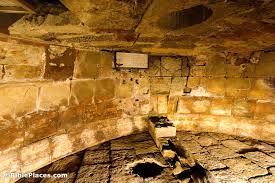
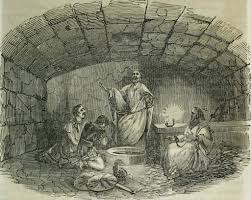
We know that the Emperor Nero visited Macedonia in 66 A.D. to attend a series of athletic competitions. Ancient records suggest that Nero personally knew Paul. It appears that Nero learned about the exploits of Paul after he was released from house arrest in Rome. Paul was then arrested, brought back to Rome and condemned to death. He went back under house arrest but was probably moved to the infamous Mamertine prison the final days of his life. Tradition states that both Paul and Peter were held there at this same time. Paul and Peter were executed c. 67 A.D. This date has been confirmed by early Church Fathers Cement, Dionysius, Eusbius and Tertullian.
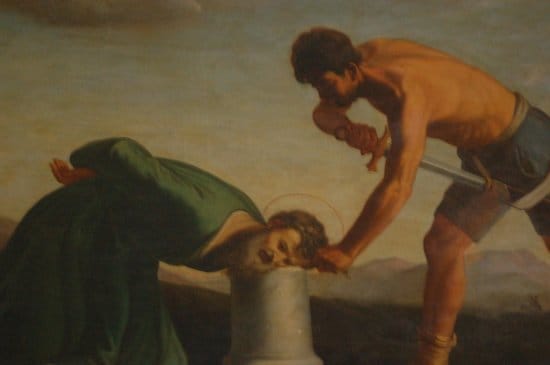
On the day of his execution, Paul was quietly removed from his cell by three Roman guards. He was marched down a back road ‘outside the walls’ of Rome. There, by the side of the road, he was ordered to kneel down and beheaded. His remains were thrown into a drainage ditch that ran beside the road. Christian friends, having discovered he was gone from his cell, made an enquiry as to where the remains of Paul could be found. The problem was, the guards had routinely taken hundreds of prisoners down local roads, executed them and thrown their bodies into the ditches. However, Paul’s friends were able to locate his body the following day near the two mile marker on the Ostiano Way {Road}. The Church of Saint Paul the Three Fountains was built adjacent to this marker. It is a memorial at the actual place where Paul was beheaded. It remains one of the oldest churches in Rome and is considered the traditional site of Paul’s execution.
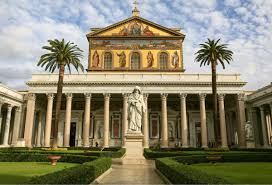
Paul’s head and body were taken from the ditch and placed in a borrowed tomb belonging to a Roman woman named Matrona Lucilla. A grave marker was installed on the side of the road adjacent to that tomb site. In 313 A.D. a small memorial chapel was built over the tomb site. In 324 A.D. Emperor Constantine funded a basilica to be built in place of the chapel. In 386 A.D., Emperor Theodosius greatly enlarged and enhanced this basilica which was consecrated in 402 A.D. It was called the Basilica of Saint Paul Outside the Walls. Tradition states that Paul’s remains were ceremoniously removed from their original borrowed tomb cite, placed in a white marble sarcophagus then uniquely reburied directly below the Basilica’s High Alter table. The sarcophagus was carefully placed in the rock wall of a tunnel that ran under the Basilica. The niche that held the sarcophagus was carefully sealed in such a way as to make its location invisible to the naked eye. A placard was attached to the stone box which read: Paul, Apostle, Martyr.
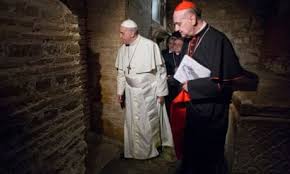
On Dec 6th 2006, after four years of excavations by Vatican archeologists using ground penetrating radar, the white marble sarcophagus buried deep below the church’s Alter Table was discovered. In 2009, the Vatican revealed that inside the sarcophagus they found human bone fragments wrapped in a purple gold lined cloth. The bone fragments dated to the first century and were those of a sixty year old male. The bones were carefully resealed and placed under the Basilica’s Alter with a golden grate in front so that parishioners can stand in front of the alter and see the bone box through the grate. Just in front of the alter is a stone shaft with a clear glass covering. It allows visitors to look down and see the actual underground tomb site from which the remains were excavated.
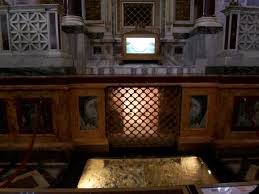
If you enjoy the information provided on this site, please consider making a donation of any amount to help continue its production. Donate Now